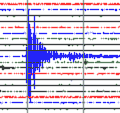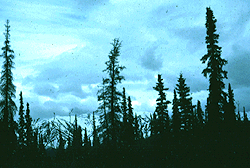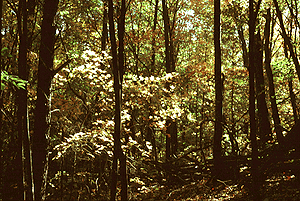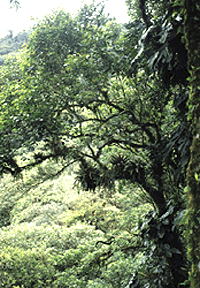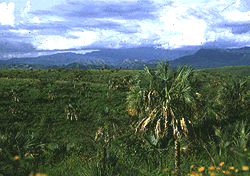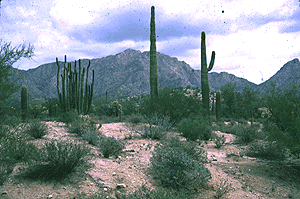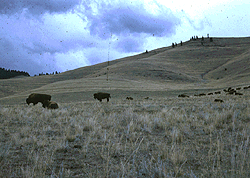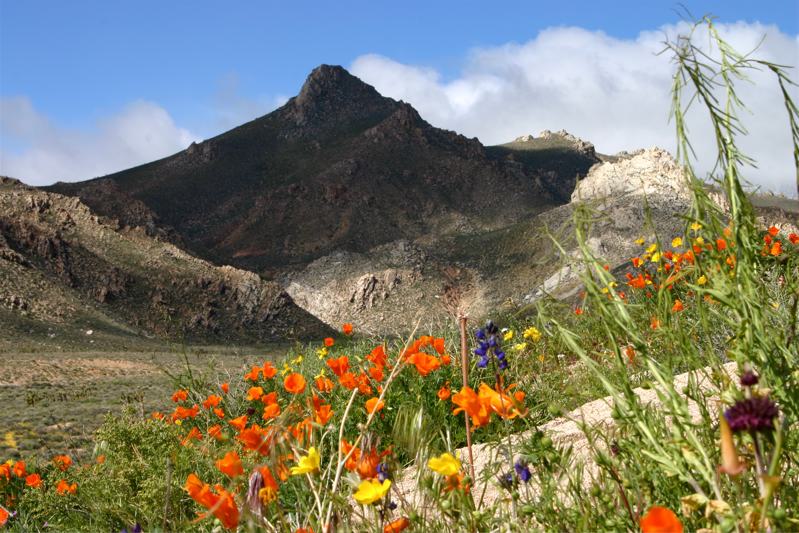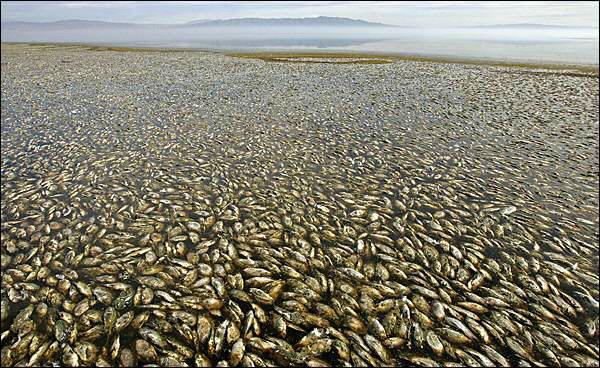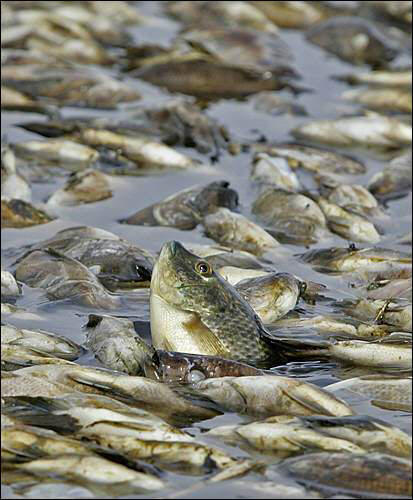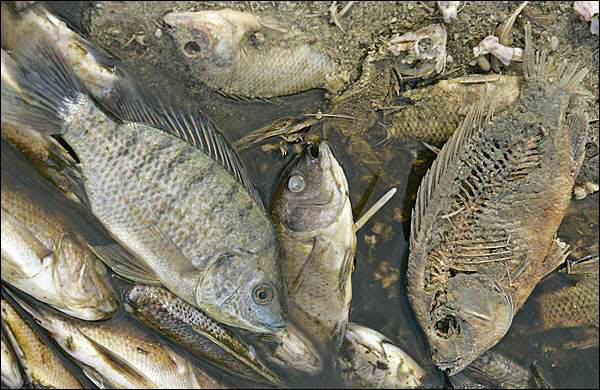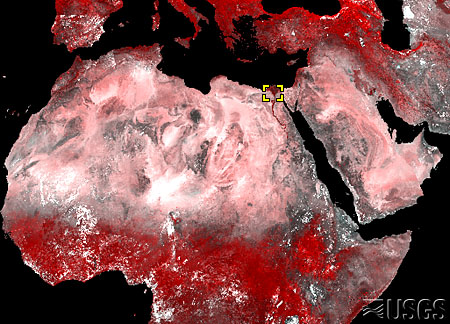Above: Looking East from Grossmont College, view of monsoonal thunderstorms on August 16th, 2012
"The unity of all the sciences is found in geography. The significance of geography is that it presents the earth as the enduring home of the occupations of man. The world without its relationship to human activity is less than a world. Human industry and achievement, apart from their roots in the earth, are not even a sentiment, hardly a name"
John Dewey
(1859-1952)
Real-Time Earthquake Information
GLOBAL CLIMATES
THE CLIMATE SYSTEM
Interpreting Data on a Climatograph
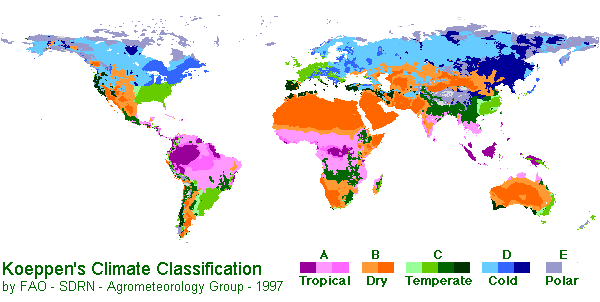
EVAPOTRANSPIRATION
Significance of Evapotranspiration
Evapotranspiration Maps for Australia
CLIMATE CLASSIFICATION
CLIMATE DISTRIBUTION
Discussion of Climate Zones and Vegetation
Watch this Video!!
"The Earth Revealed: Wind, Dust, and Deserts"
An educational video by the Annenberg Project
and the Corporation for Public Broadcasting
Climate Regions of the World with Climatographs
Note: The Climographs in the above listed website are displayed in units of millimeters of precipitation
and celsius temperature. The following is a conversion of that scale to
inches of precipitation and fahrenheit temperature:
| The following table is a list of conversions from mm to inches of precipitation and from Celsius to Fahrenheit. | |||||
| Precipitation Conversion | Temperature Conversion | ||||
| mm | = | inches | C | = | F |
| 1000 | 39.37 | 40 | 104 | ||
| 900 | 35.43 | 30 | 86 | ||
| 800 | 31.50 | 20 | 68 | ||
| 700 | 27.56 | 10 | 50 | ||
| 600 | 23.62 | 0 | 32 | ||
| 500 | 19.69 | -10 | 14 | ||
| 400 | 15.75 | -20 | -04 | ||
| 300 | 11.81 | -30 | -22 | ||
| 200 | 7.87 | -40 | -40 | ||
| 100 | 3.94 | ||||
| Online Inches to Millimeters Converter | |||||
THE BIOSPHERE
ENERGY TRANSFORMATIONS
CLIMATE-VEGETATION INTERACTIONS
|
|
|
|
|
|
|
|
|
|
|
|
|
|
|
|
|
|
|
|
|
|
|
|
|
|
Table from Susan L. Woodward of Radford University |
WildFinder by WWF
(Note: Works best with Mozilla Firefox Browser)
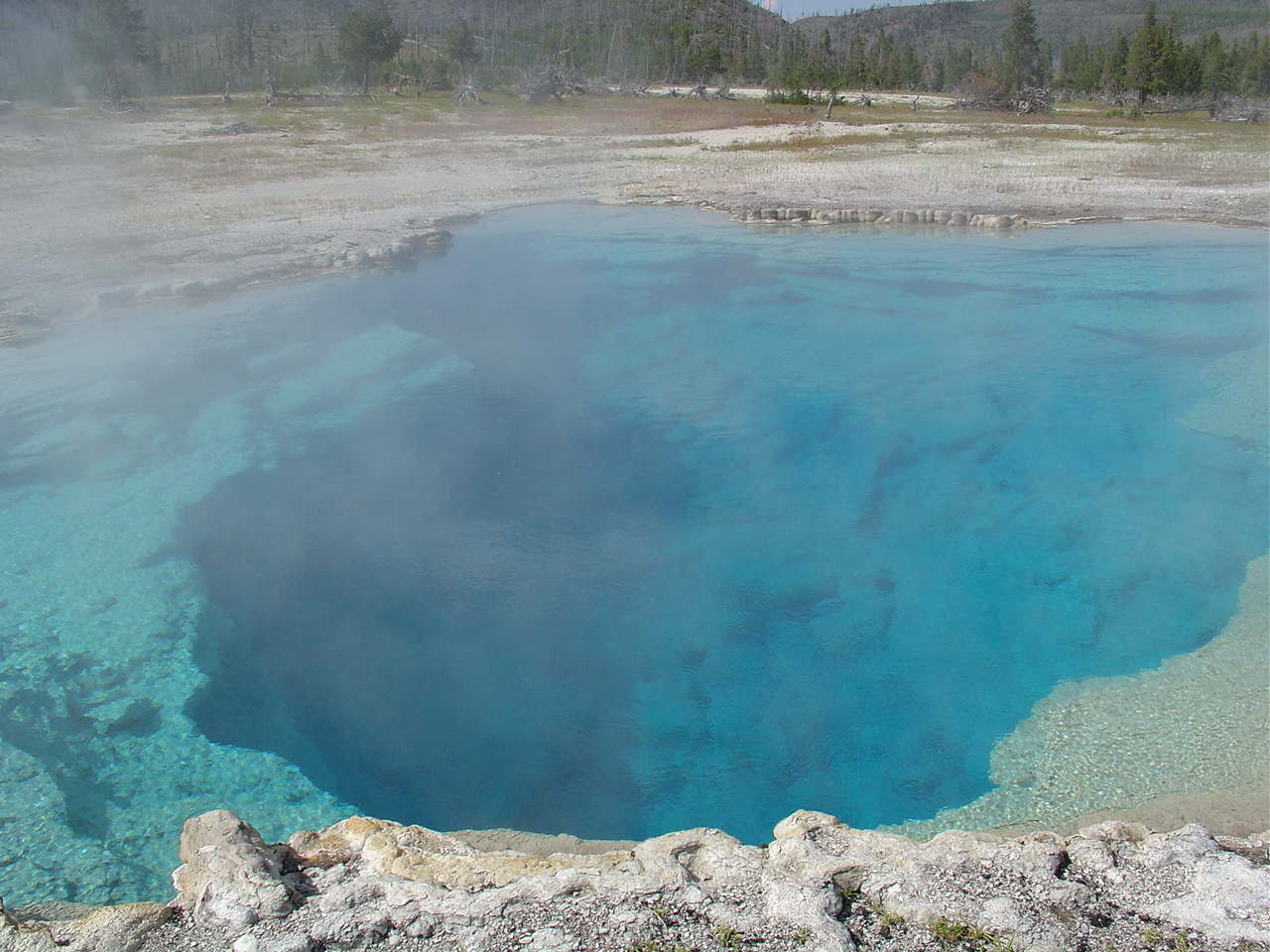


8800 Grossmont College Drive
El Cajon, California 92020
619-644-7000
Accessibility
Social Media Accounts

